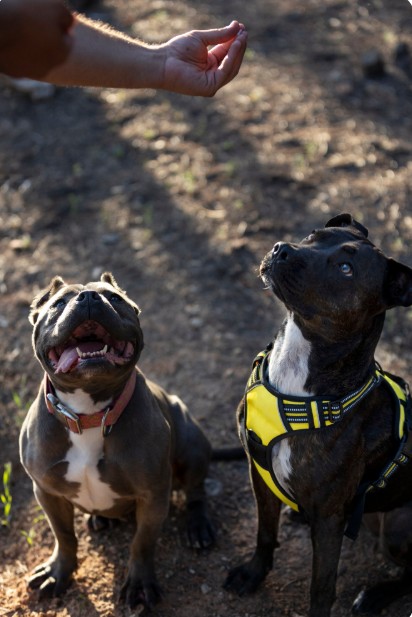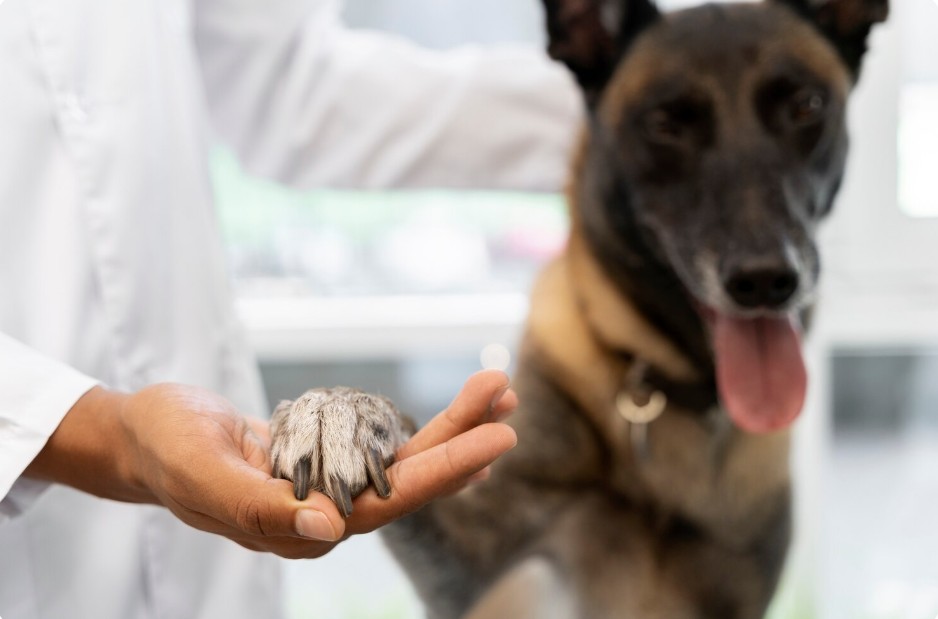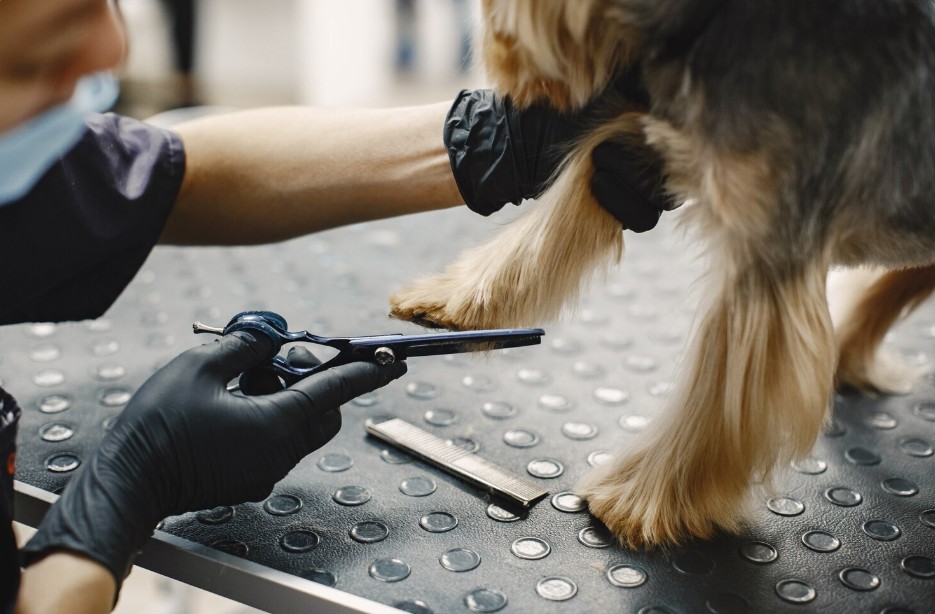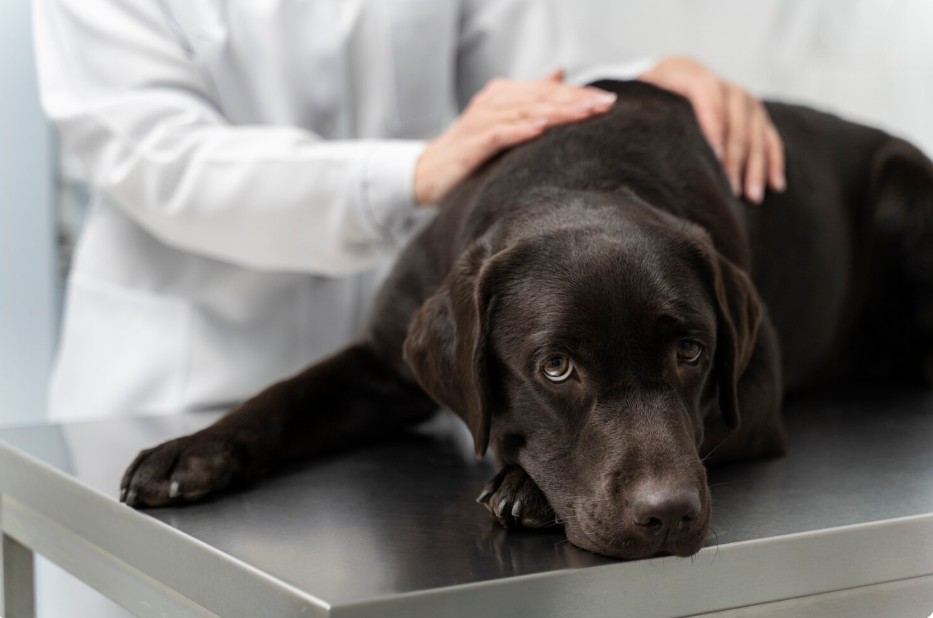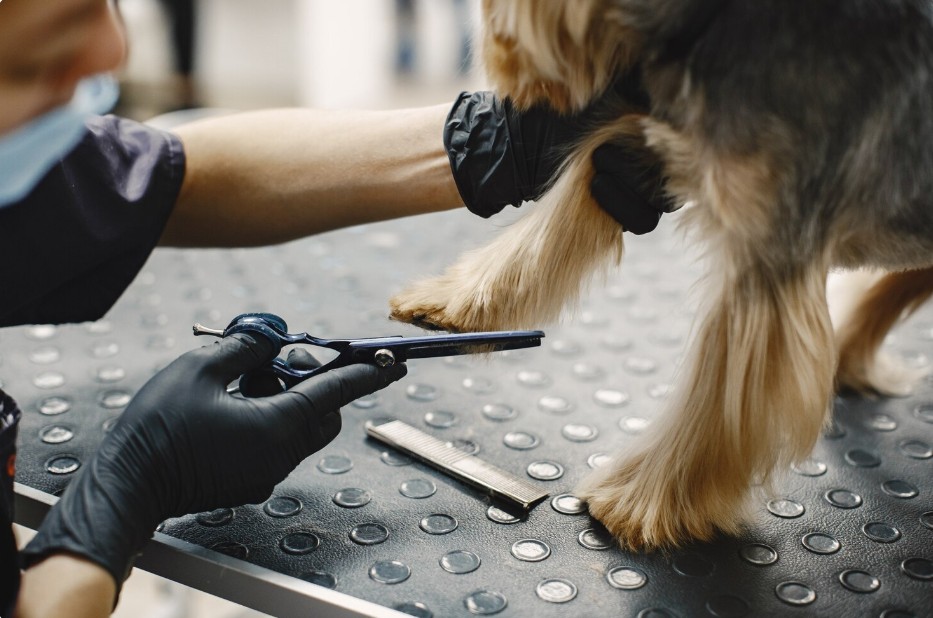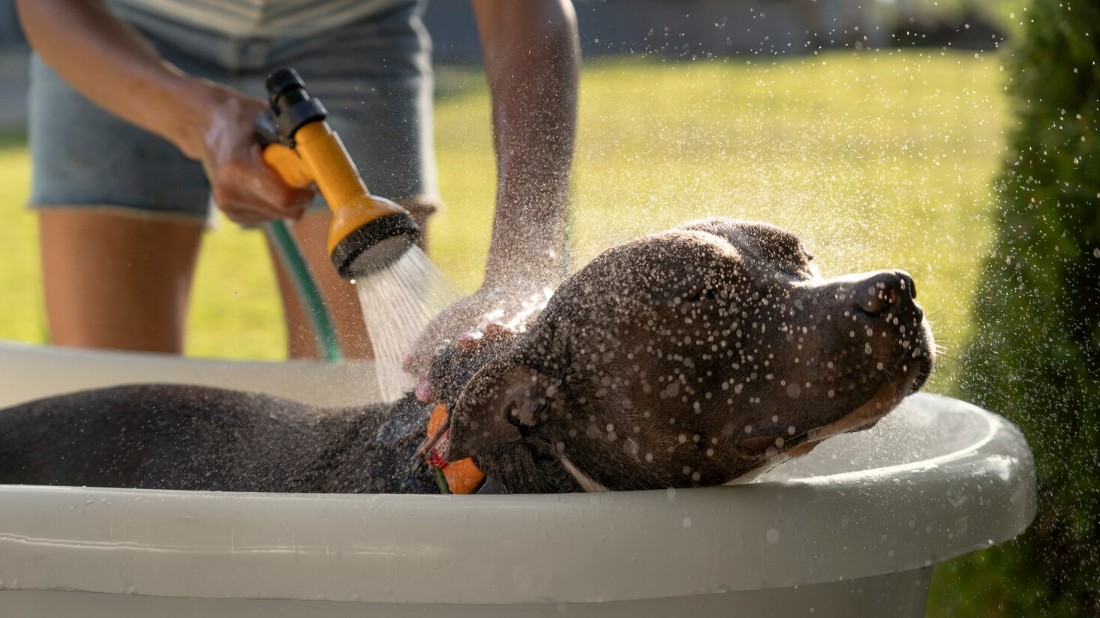Dogs are more than pets; they are family. That is why keeping them safe is such a priority for every pet parent. Just like humans, dogs face risks both indoors and outdoors, and staying informed helps prevent accidents or health problems. Whether you are new to pet parenting or have been caring for dogs for years, safety always comes first.
In this guide, we will cover essential pet safety tips that every dog owner should know. From first aid to seasonal care, you will find practical advice to make your furry friend’s life happier and healthier.
A Dog Safety Guide for Everyday Living
Everyday life might seem harmless, but there are hidden risks inside and outside the home. A reliable dog safety guide reminds owners to keep toxic foods out of reach, ensure proper identification tags, and monitor playful dogs around household hazards. Simple adjustments, like covering exposed wires or keeping cleaning products locked away, can make a huge difference. Safety is not about big gestures; it is about consistent care in the little things.
Dog First Aid Tips You Should Know
Accidents happen, even in the safest homes. That is why every owner should know basic dog first aid tips. Keep a pet-friendly first aid kit with items like bandages, antiseptic wipes, tweezers, and a digital thermometer. Learn how to stop minor bleeding, check your dog’s pulse, and recognize early signs of distress such as heavy panting or sudden lethargy. Quick action can make a huge difference while you wait to reach the vet.
Creating a Pet Home Safety Checklist
Your house should be the safest place for your dog, but it takes planning. A pet home safety checklist can help you cover all the essentials. This includes securing trash bins, ensuring medications are stored away, checking fences for gaps, and removing small choking hazards from the floor. Add reminders to keep windows screened and balconies secure. A well-prepared checklist makes it easier to keep track of potential dangers without missing anything.
Outdoor Safety for Dogs
Fresh air and exercise are great for dogs, but the outdoors comes with risks. Practicing outdoor safety for dogs means watching out for toxic plants, keeping them leashed near roads, and checking paws for cuts after walks on rough surfaces. Hot pavements in summer and freezing sidewalks in winter can injure paw pads, so always check the ground temperature before heading out. Outdoor adventures should be fun, not dangerous.
Dog Travel Safety
Traveling with your dog is exciting, but it requires preparation. Following dog travel safety guidelines ensures the trip is smooth for both of you. Use a secured carrier or a dog seat belt when driving, and never let your pet ride with their head outside the window. On longer trips, pack essentials like water, food, medication, and comfort items. If traveling by plane, check airline policies to make sure your dog’s needs are fully considered.
Seasonal Pet Safety Tips
Each season brings its own challenges. Paying attention to seasonal pet safety tips can prevent accidents throughout the year. In summer, overheating is the biggest risk, so always provide water and shade. Winter brings icy sidewalks and toxic antifreeze spills. Spring and fall often mean allergies or exposure to yard chemicals. Staying ahead of seasonal hazards keeps your dog healthy all year long.
Other Important Links:
Leia's Lessons: Learning from Tragedy to Protect Our Furry Friends
In Memory of Leia: Raising Awareness About Animal Abuse in Training
How to Keep Pets Safe and Healthy
At the core of everything is understanding how to keep pets safe and healthy. It comes down to a mix of regular vet visits, balanced nutrition, daily exercise, and lots of love. Preventive care is just as important as emergency responses. Simple actions like brushing their coat, checking for ticks after walks, and maintaining a clean living environment go a long way toward keeping them safe.
Final Thoughts
Keeping your dog safe is about more than reacting to emergencies. It is about being proactive and paying attention to the details of daily life. With the right habits, careful preparation, and awareness of potential hazards, you can provide your furry friend with the security they need to live a long and joyful life.
By following a dog safety guide, knowing your dog first aid tips, using a pet home safety checklist, and practicing outdoor safety for dogs, you set a strong foundation for their well-being. Add to that the importance of dog travel safety, remembering your seasonal pet safety tips, and understanding how to keep pets safe and healthy, and you are truly giving your best friend the care they deserve.
A safe dog is a happy dog, and at the end of the day, that is what every pet parent wants most.

